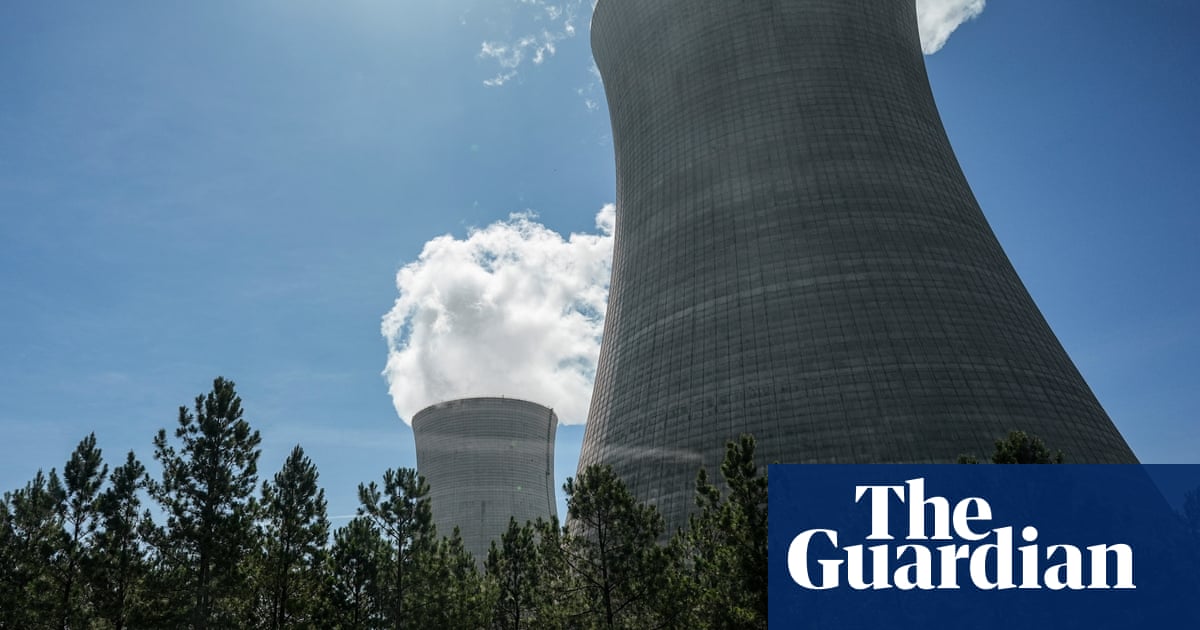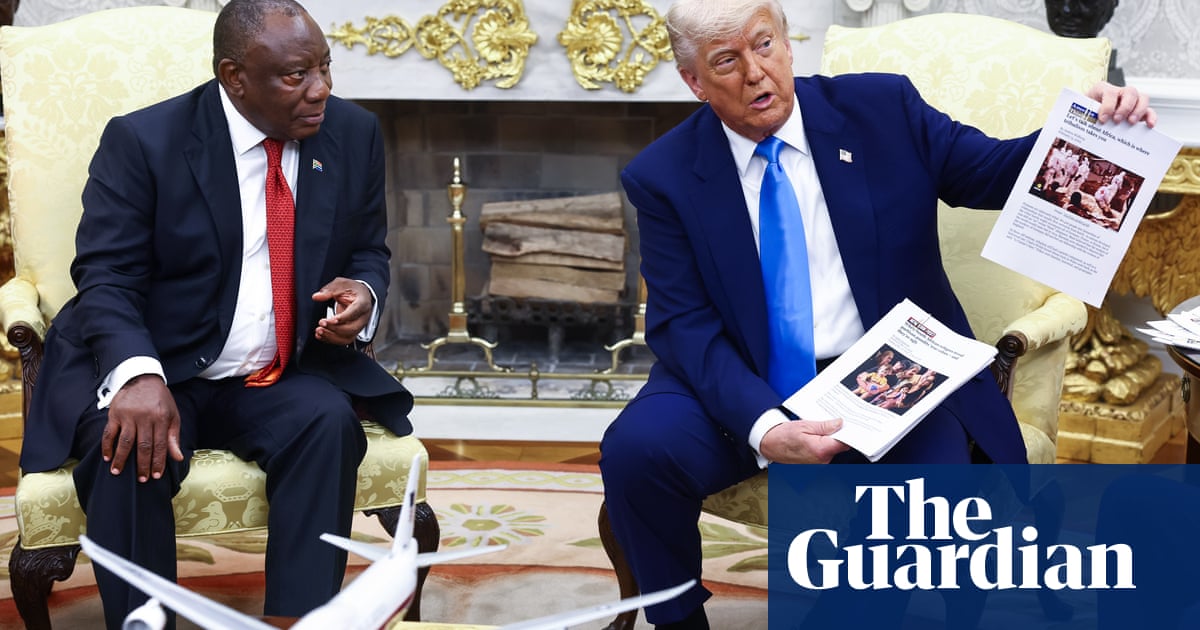Sam Sutton
Fri, May 23, 2025, 12:09 PM 4 min read
President Donald Trump and top Republicans have heralded the “big, beautiful bill” as a catalyst for a massive economic expansion that will unleash corporate investment and household spending.
That won’t be an easy bar to clear.
The economic stimulus that could come from the larger individual tax breaks and new deductions for businesses is likely to be offset by the bill’s hefty cuts to the social safety net and its elimination of previous corporate incentives. While budget analysts and economists say it could moderately contribute to output, they consider the administration’s sunny economic forecasts overly optimistic — particularly given the drag that higher tariffs and deficits could have on growth.
“This is definitely not a growth vehicle,” said Kent Smetters, a University of Pennsylvania business professor who serves as the faculty director of the Penn Wharton Budget Model.
The main elements of Trump’s 2017 tax bill, including lower corporate rates, were already permanent, Smetters said. What’s more, many of the largest deductions included in the new bill are only temporary, including highly touted provisions that allow businesses to deduct capital investments and R&D expenses.
That will make some of the immediate growth effects “a bit of a mirage,” he said.
The White House Council of Economic Advisers estimated that an earlier draft of the bill — specifically the tax provisions that cleared the House Ways and Means Committee last week — would add 4.2 to 5.2 percent to gross domestic product over the next four years compared to what would occur if Congress allowed existing tax cuts to expire. That report was central to the administration and House Republicans’ case that the tax bill would not only preserve the status quo but unlock an economic boom.
Kevin Hassett, the head of Trump’s National Economic Council, told Fox Business earlier this week that he anticipates annual growth will exceed 3 percent over the coming years — a level of economic success that few modern presidents have consistently enjoyed. If that happens, the “tax bill basically pays for itself,” Hassett said.
Joe LaVorgna, the chief economist at SMBC Nikko Securities and a former Trump economic adviser, said he believes that the president’s second-term economy is on a much stronger trajectory than most other economists assume and that the tax bill could push it even higher.
“The baseline I’m working off of is how we did during the first three years of Trump 1.0, when GDP was at 2.8 percent. If it was 2.8 percent [then], why can’t it go to 3.0 percent?” LaVorgna said. “If we grow at 3 percent, then the cost of this bill is going to be extremely limited compared to what everyone out there is saying.”

 German (DE)
German (DE)  English (US)
English (US)  Spanish (ES)
Spanish (ES)  French (FR)
French (FR)  Hindi (IN)
Hindi (IN)  Italian (IT)
Italian (IT)  Russian (RU)
Russian (RU) 























Comments